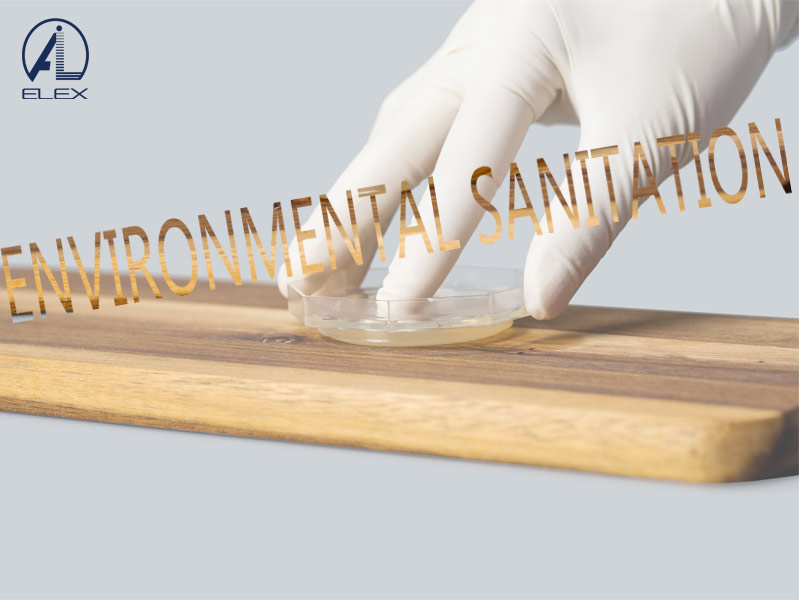(1) Environmental water sampling should be carried out aseptically to prevent the mixing of stray bacteria.
(2) According to the experimental setup, select the appropriate pore size of the filter membrane, use the water body filtering machine to filter 1 ~ 100 L of water (vary greatly between different water quality), or filter until the filter membrane is visible on the cover.
For turbid water bodies, it is recommended that the suspended particulate matter be separated by standing before filtration, first using a large pore size membrane once and then using a small pore size membrane.
(3) Environmental water sampling is snap frozen in liquid nitrogen or placed in a foam box with dry ice after marking the sample information, in a dark environment, and transported back to the laboratory as soon as possible, stored in a -80°C refrigerator and sent in a box filled with dry ice.
Note: The sampling volume for environmental water sampling varies according to the microbial content of the water body: 200-1000 ml for water bodies rich in flora such as sewage, 1-2 L for natural water bodies such as lakes and rivers, 1-5 L for water bodies with low flora such as tap water, and fluctuating with geographical location, season and sampling depth for marine water bodies.
Samples are taken at multiple points and mixed equally and uniformly to approximately 10 ml of suspended sludge sample (5-10 g of sediment), stored in a lyophilisation tube, labelled with microbiology sample test information and then snap frozen in liquid nitrogen or placed in a foam box with dry ice in a dark environment and transported back to the laboratory as soon as possible, stored in a -80°C refrigerator and sent on dry ice.
Collect 5-10 g of sediment from the bottom of the water column (depth to be determined according to the purpose of the experiment), store in a lyophilised tube, mark the sample with information and then snap-freeze in liquid nitrogen or place in a foam box with dry ice, in a dark environment, return to the laboratory as soon as possible, store in a refrigerator at -80°C and send in a box filled with dry ice.
 A Tentative Study on the relevance of HACCP certification and infection control in hospital
A Tentative Study on the relevance of HACCP certification and infection control in hospital
 Environmental Sanitation Microbiology Testing
Environmental Sanitation Microbiology Testing
 Microbiology Test in Food Industry
Microbiology Test in Food Industry
 The Applicability of High-quality Ready-to-use Swab Sampler for Tableware Sampling and Public Places Supplies and Utensils Microorganisms
The Applicability of High-quality Ready-to-use Swab Sampler for Tableware Sampling and Public Places Supplies and Utensils Microorganisms
 Spike Experiment of DNP Culture Media Plate Based on Ice Cream
Spike Experiment of DNP Culture Media Plate Based on Ice Cream


